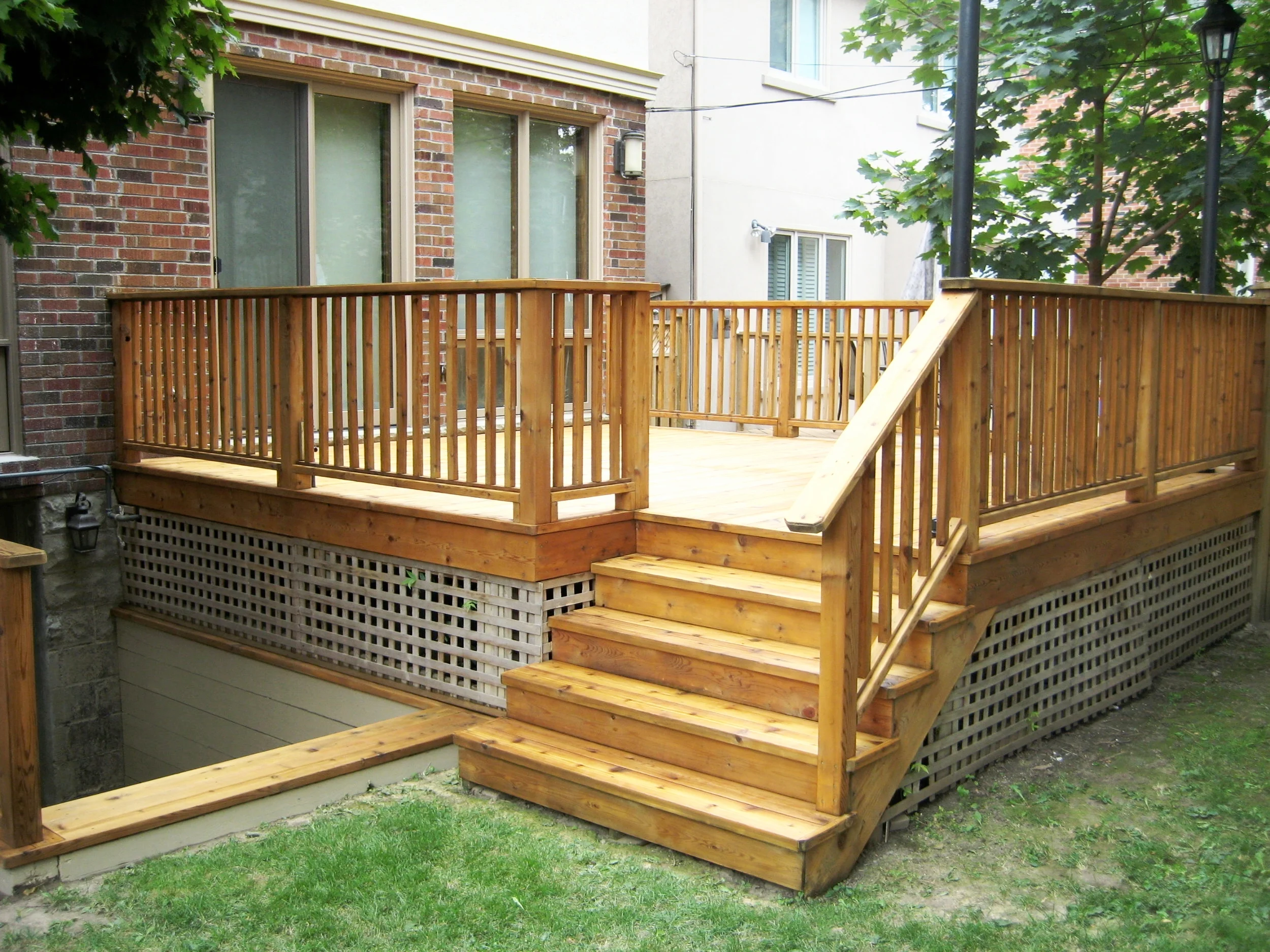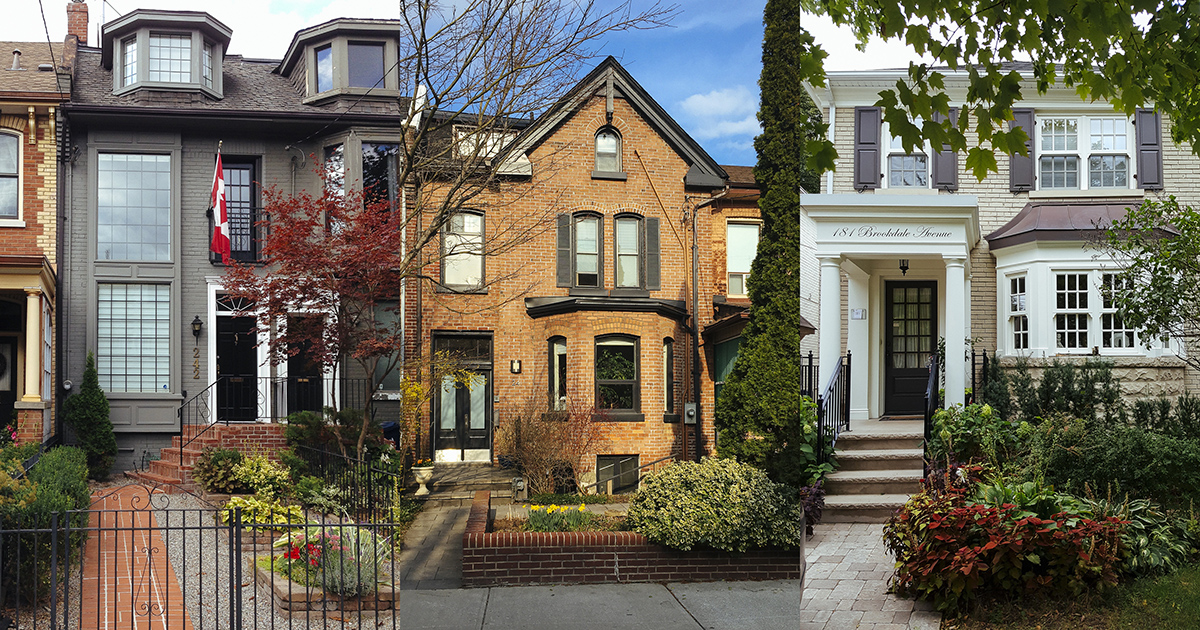How to Paint Like a Pro
/
Step 1: What to Paint?
Believe it or not, the first step when it comes to painting like a pro is to decide what needs to be painted. Walls are an obvious choice, but does the ceiling need a fresh coat of paint? How about the baseboards? Knowing what you’ll be painting will make the process smoother.
Step 2: Choosing your colours
Facing a colour palette with hundreds of colours can be one of the hurdles that prevents people from painting their home. How do you make a decision with so much choice?
One solution is a colour consultant. We can recommend one for you and for a lot less than you think (often for $200 or so), they’ll walk through the rooms of your house. They’ll listen to you and what you like, rather than doing it their way.
Sometimes the paint looks different on a chip - paint is a composite of 3-4 colour tints and it might have amber and sienna, yellow and black and you may not see one of them until it’s on your wall.
A good colour consultant can help you pick the right version of the colour.
Decorating starts from the floor up. Is your flooring neutral? How about your furniture? What sort of a palette do you want? Is the woodwork stained or painted white? What about tile or countertops?
The answers to these questions will help you decide.
Step 3: The prep.
This is really what differentiates a good paint job from a bad one.
When we’re about to paint a home that people are currently living in, the first step is to move the furniture into the center of the room, take art objects off the wall including all pictures and paintings and remove light switch and plug covers. We then lay out clean drop cloths on the floor, cover all lighting and furniture with clear plastic and we sometimes use masking tape for fixtures close to the wall like sconces.
If the walls are dusty, we'll often take a clean damp cloth and wipe them down prior to painting. If we’re painting walls in a kitchen that are greasy, we’ll wash them with TSP and water and rinse them with clean water.
If the baseboards are not being painted, we’ll mask them. Once everything is covered, we look at minor imperfections like nailholes, plaster cracks and gaps which are fixed with caulking , sanding and priming.
We’ll take a pole sander and sand the walls which removes old fibers and nubblies in the wall.
If it sounds like a lot of work, that’s because it is – but taking the time before you start to paint will save you hours in the long run and result in a much better looking paint job.
Step 4: The paint!
Now that your rooms have been prepped, you’re now ready to start to paint! You’re always better off starting high. You can define that any way you like, but to me it means going with gravity. We start with the ceiling, then the walls and then the woodwork.
Starting at the top means that any drips from the ceiling onto the walls aren’t an emergency – they’re quickly wiped away before the walls are painted. Otherwise, you have to drape the walls and it takes a lot more time to prep to paint a ceiling after the walls have been painted.
If you’re doing a dramatic colour change, you’ll want to prime the entire wall and then add two top coats to finish the work off.
Step 5: The Clean Up
Then the reverse process from the prep is the clean up! Pull up the drop cloths, give the room a good vacuum, screw the light switch and plug covers back on, put the furniture back in place and you have your newly painted room!
Some people like to do the work themselves while many people prefer to leave it to us. If you have any questions about house painting or would like a free quote, please get in touch!









